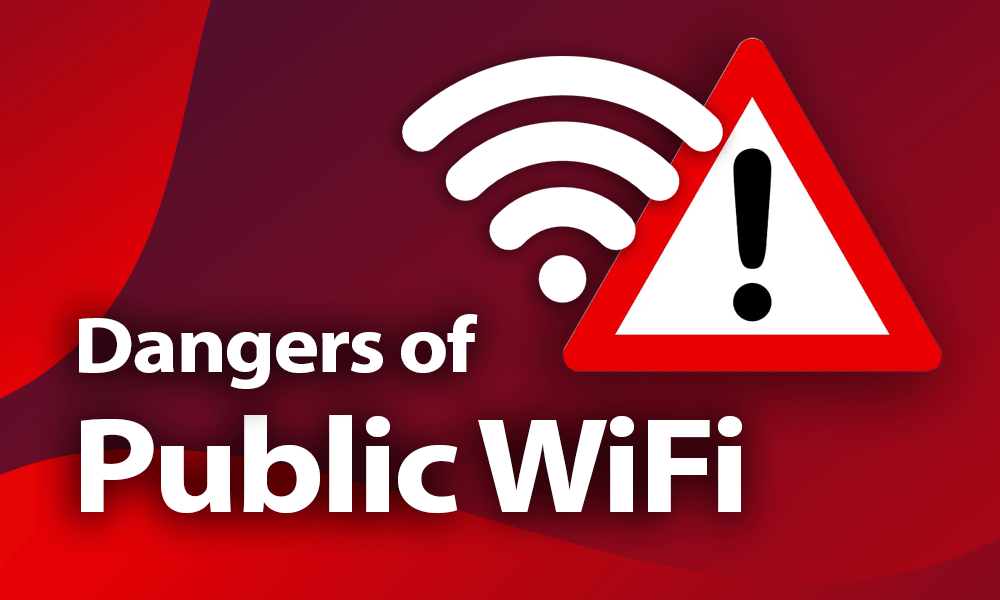
Dangers of Public Wi-Fi
In this age of digital connectivity, it’s hard to imagine life without Wi-Fi. Whether we’re working, shopping, or just browsing, we rely on Wi-Fi to keep us connected to the world. However, not all Wi-Fi networks are created equal, and some can pose hidden dangers to unsuspecting users. In this article, we’ll explore the risks of using public Wi-Fi and how you can protect yourself.
Surfing on the Go? Beware of These Public Wi-Fi Risks!
Free Wi-Fi is a godsend for travelers and those on the go. But did you know that public Wi-Fi networks can be compromised by hackers? When you connect to a public Wi-Fi network, you’re essentially sharing your data with whoever is on the same network. This means that if someone on the network is up to no good, they can potentially intercept your data and steal sensitive information like passwords, credit card numbers, and other personal details.
But that’s not all. Some hackers go even further and create fake Wi-Fi networks with names like “Free Public Wi-Fi” or “Airport Wi-Fi” to lure unsuspecting victims. Once you connect to these networks, the hacker can intercept your data and use it for nefarious purposes. So, what can you do to protect yourself? One simple solution is to avoid public Wi-Fi networks altogether and use your mobile data plan instead. If you must use public Wi-Fi, make sure to connect only to networks that you trust and avoid accessing sensitive information like banking or email accounts.
Smile for the Camera: How Hackers Steal Your Data
Another way hackers can steal your data on public Wi-Fi is by using a “man-in-the-middle” attack. In this type of attack, the hacker intercepts the communication between your device and the Wi-Fi network, allowing them to see and modify the data being exchanged. One common way hackers carry out man-in-the-middle attacks is by using fake login pages that look like legitimate ones. When you try to log in to a website, the hacker intercepts the login credentials and uses them to gain access to your account.
To protect yourself from man-in-the-middle attacks, make sure to use websites that have HTTPS encryption, which encrypts your data before it’s sent to the website. You can also use a Virtual Private Network (VPN) to encrypt your data and keep it safe from prying eyes. Finally, it’s important to keep your devices and software up to date with the latest security patches to reduce the risk of vulnerabilities being exploited by hackers.
Public Wi-Fi may be convenient, but it’s important to be aware of the risks involved. By taking a few simple precautions, you can protect yourself from the hidden dangers of public Wi-Fi and stay safe while surfing the web. So, the next time you’re out and about and need to connect to Wi-Fi, remember to be vigilant and stay safe!
Related Links:
“Wi-Fi Security: Should I Use Public Wi-Fi Networks?” Federal Trade Commission (FTC), www.consumer.ftc.gov/articles/0014-tips-using-public-wi-fi-networks
Chirillo, John R. “The Dangers of Public Wi-Fi and How to Avoid Them.” The Huffington Post, 26 Sept. 2017, www.huffpost.com/entry/the-dangers-of-public-wifi_b_5952425ae4b0c85b96c6640d.
“Understanding Man-in-the-Middle Attacks.” Norton, us.norton.com/internetsecurity-emerging-threats-understanding-man-in-the-middle-attacks.html.What Is a Rogue Wi-Fi Access Point?” Techopedia, www.techopedia.com/definition/31266/rogue-wi-fi-access-point.
“The Risks of Using Public Wi-Fi.” Norton, us.norton.com/internetsecurity-wifi-public-wifi-risks-and-tips-for-online-safe-shopping.html.
